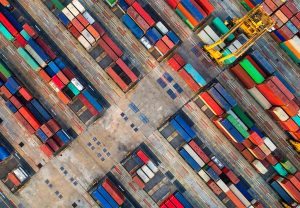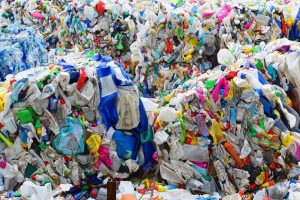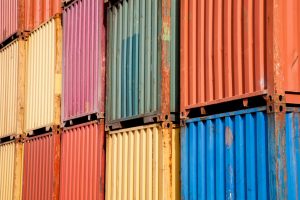
China’s import policy changes are straining recovered plastics export markets, particularly impacting mixed rigids. Recycling companies have been forced to stockpile and even landfill the materials, while numerous municipal programs have stopped accepting mixed plastics.



 When it comes to scrap plastics exports, 2017 was a tale of two years, with China’s import restrictions altering global patterns for the material.
When it comes to scrap plastics exports, 2017 was a tale of two years, with China’s import restrictions altering global patterns for the material.


 Scrap plastic exported out of the U.S. is moving to Southeast Asia, where reclaimers are dramatically increasing purchases as China closes its doors to recovered materials. New figures illustrate that shift.
Scrap plastic exported out of the U.S. is moving to Southeast Asia, where reclaimers are dramatically increasing purchases as China closes its doors to recovered materials. New figures illustrate that shift. In Indonesia, the road to plastic marine debris prevention may be paved with, well, plastic.
In Indonesia, the road to plastic marine debris prevention may be paved with, well, plastic. Chinese officials have announced the first batch of plastic scrap import permits for 2018, and the volumes laid out in those authorizations represent a massive reduction from one year ago.
Chinese officials have announced the first batch of plastic scrap import permits for 2018, and the volumes laid out in those authorizations represent a massive reduction from one year ago. A representative from a European firm that has felt the direct impacts of China’s import restrictions on recovered plastic recently offered an inside look at the fallout from the unprecedented disruption to industry trade.
A representative from a European firm that has felt the direct impacts of China’s import restrictions on recovered plastic recently offered an inside look at the fallout from the unprecedented disruption to industry trade.